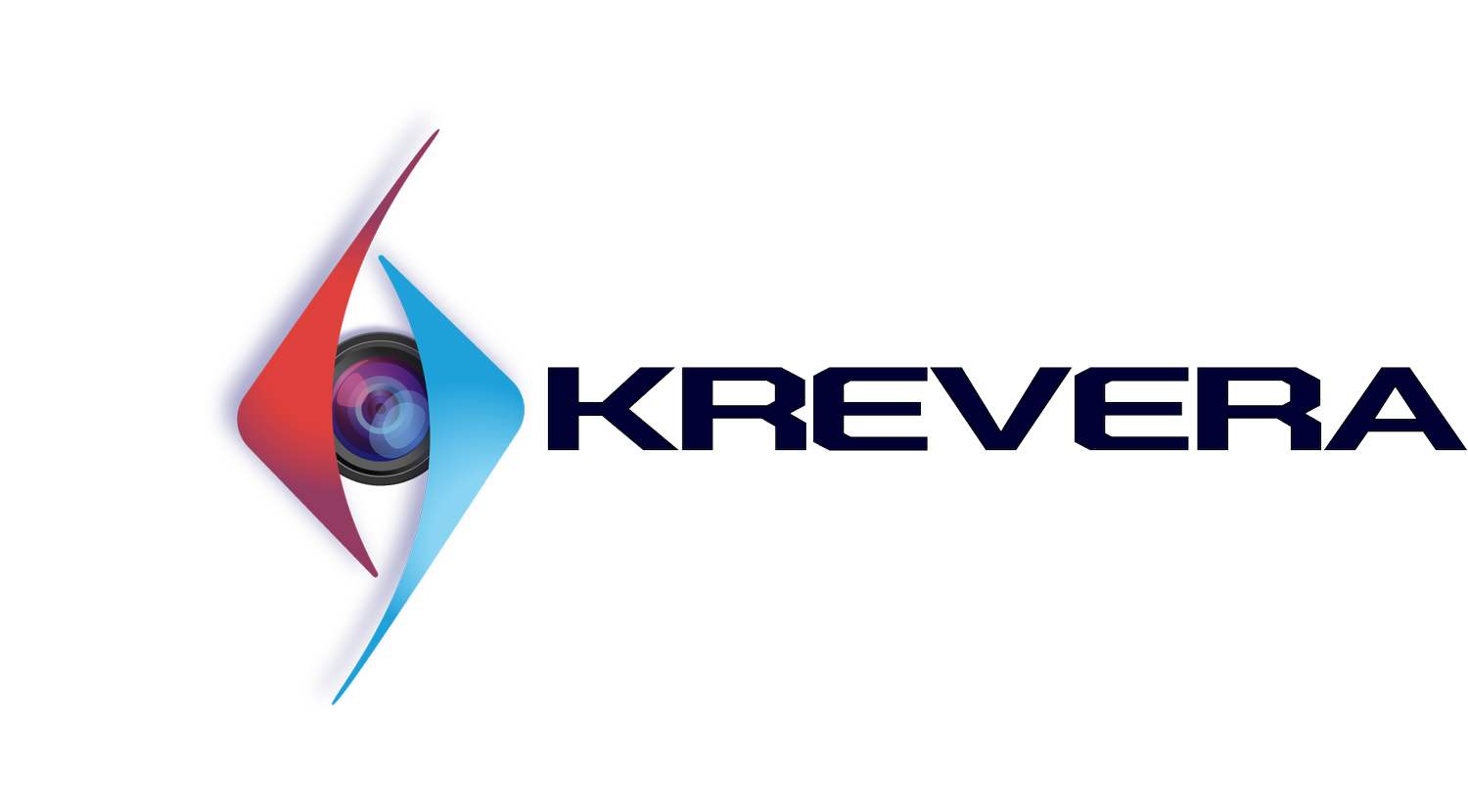Krevera Use Cases
The Most Robust Visual Inspection
Production Efficiency Starts with Measurement
More Clients Demanding 100% Visual Inspection
AQL Spot Checks vs. Continuous Monitoring
ROI boost: Reduced Technician Training Cost
ROI boost: Fast Setup and Hidden Technician Cost
ROI boost: Reduce IML Scrap
ROI boost: Reduce Scrap Through Live Data
Stop Process Drift; Reduce Maintenance Costs
ROI boost: No More Tail Chasing
Adjustable Tolerance
1. The Most Robust Visual Inspection
Traditional Vision Systems need to be tweaked and adjusted for hours to even attempt to have accurate visual inspection. The slightest lighting change or bump will cause the vision system to stop working. Most legacy vision systems also require that the product be in roughly the same place and orientation each time.
KREVERA:
Robust to changes in lighting, dust, moisture, and camera placement changes.
Product can be in any orientation or position.
No set up or adjustment time. The Krevera AI will handle it all for you.
Automatic characterization of defects.
2. Production Efficiency Starts with Measurement
“If you cannot measure, you cannot manage” W.E. Denning
Most plastic molding production lines run with medium to low efficiency.
Measuring your output is the start of any efficiency programs
KREVERA:
100% output inspection plus analysis
ROI is ensured depending on existing inefficiencies
Many use cases are available
3. More Clients Demanding 100% Visual Inspection
A recent survey showed that 30% of customers demand 100% visual inspection, with an increasing trend
Some clients require 100% documentation of the inspection result
KREVERA:
100% visual inspection
100% documentation of each product with aggregate analysis
Certified inspection within custom tolerability
4. AQL Spot Checks vs. Continuous Monitoring
If the AQL spot check reveals that the defective product rate is too high, manufacturers are forced to scrap or manually inspect the entire batch.
KREVERA:
100% visual inspection identifies defects immediately and logs machine settings
Technicians can intervene without delay
No need to discard a full batch
ROI within 2-10 months, depending on defect rate
5. ROI boost: Reduced Technician Training Cost
Training costs to plastic injection molding manufacturers are not just onboarding costs. A new technician can take 10 hours to solve a problem that an experienced technician in your factory would solve in 10 minutes.
KREVERA:
Krevera records optimal process windows and start-up procedures, which allows new technicians to pick up where an experienced technician left off.
Krevera’s analysis of the process window offers suggestions on what is causing an issue
Remote alerting and machine settings make your technicians more efficient
6. ROI boost: Fast Setup and Hidden Technician Cost
Many manufacturers don’t have a dedicated team to set up a vision system and manage it. Vision systems require exact installation and careful calibration. Example: Some vision systems stop working if the lighting changes.
KREVERA:
Functioning vision system within 3 days of receiving CAD model even before the product is being produced (no wait time)
Krevera’s vision system is robust to lighting, dust, and calibration changes.
No more downtime and high technician costs setting up lighting and ensuring the system is working
7. ROI boost: Reduce IML Scrap
IML scrap affects up to 10% of products in some settings
Label position/misalignment, bubbles/blisters, label and product match, label fold/delamination, label presence, label edge defects, and printing defects
KREVERA:
100% visual inspection detects all label scraps identified by clients ( above)
Correlates IML defect with robot arm settings for root cause analysis
Correlates IML defect with injection molding machine setting for root cause analysis
Krevera team collaborates with you to identify the source of your IML defects and prevent them before they occur.
Krevera IML clients see ROI within 3-6 months.
8. ROI boost: Reduce Scrap Through Live Data
There are many factors that directly or indirectly affect scrap rate. Managing them is a complex process. Without live outcomes data it becomes much more difficult.
KREVERA:
Live data recording of defect size, location, type, severity, and time
Live data recording of machine and robot settings/sensors
Live environmental data collection (temp, humidity, water temp, etc.)
Live analysis of the root problem
Krevera clients see ROI within 3-6 months.
9. Stop Process Drift; Reduce Maintenance Costs
All manufacturers have suffered from process drift. It leads to unnecessary downtime, maintenance costs, and scrap.
KREVERA:
Live data recording to detect minute changes in settings, sensors, and products being produced
Live analysis to diagnose the source of changes and to alert the maintenance team to what is wrong
Fix problems while they are still small
Determine if it is an injection, environmental, resin, or robot problem
Krevera clients see ROI within 6-12 months.
10. ROI boost: No More Tail Chasing
Manufacturers set up a process window, within which a technician can slightly change settings to adapt to unforeseen changes, such as injection machine, environmental, robot arm, and resin-related changes.
KREVERA:
The Krevera Vision System collects and analyzes millions of data points to determine what settings are causing what defects.
Often, the issue is not a setting change, and the Krevera analytics will help determine what the root issue is.
Krevera clients see ROI within 6-8 months.
11. Adjustable Tolerance
There can often be a disconnect between clients, manufacturers, and QA on what is a good product and what is defective. This can lead to waste and conflict.
KREVERA:
Determine defect size, location, type, and severity
Automatically standardize client’s quality requirements. Example: flashing of 0.1cm^2 in the top right corner of the rim is acceptable. Anything past that is unacceptable.
Stop throwing away products that the client would be happy to use
Ensure trust, understanding, and continuity in your manufacturing process and with your client
Krevera clients see ROI within 12-18 months.
